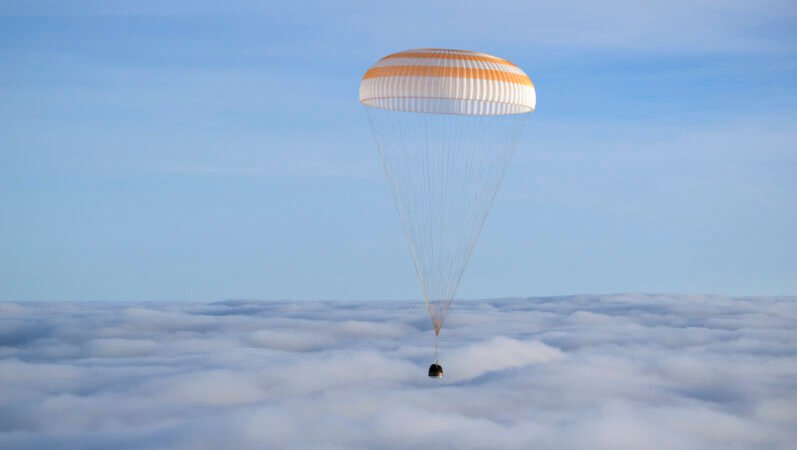Top Highlights
-
NASA astronaut Don Pettit, alongside Roscosmos cosmonauts Alexey Ovchinin and Ivan Vagner, successfully returned to Earth after a seven-month International Space Station mission, completing 3,520 orbits and covering 93.3 million miles.
-
During their 220 days in space, the crew conducted important research on metal 3D printing, water sanitization, plant growth, and fire behavior in microgravity, contributing to future space endeavors.
-
This mission marked Pettit’s fourth flight, bringing his total time in orbit to 590 days, while Ovchinin and Vagner recorded 595 and 416 days, respectively.
- As NASA advances towards deep space missions, the ISS continues to play a pivotal role in long-duration spaceflight research and commercial low Earth orbit opportunities, supporting a strong foundation for future missions to the Moon and Mars.
NASA astronaut Don Pettit returned to Earth Saturday, marking the end of a significant space expedition. He was joined by Roscosmos cosmonauts Alexey Ovchinin and Ivan Vagner. Together, they completed a seven-month science mission aboard the International Space Station (ISS).
The crew departed the ISS at 5:57 p.m. EDT aboard the Soyuz MS-26 spacecraft. They landed safely at 9:20 p.m. local time in Kazakhstan, just in time for Pettit’s 70th birthday on April 20.
Their mission lasted 220 days. During that time, they orbited Earth 3,520 times, covering a distance of 93.3 million miles. The trio launched to the space station on September 11, 2024.
Pettit’s work in space focused on various groundbreaking research initiatives. He improved in-orbit metal 3D printing, which can revolutionize manufacturing in space. Additionally, he enhanced water sanitization methods, explored plant growth under different water conditions, and studied fire behavior in microgravity. These contributions boost the potential for future long-duration missions.
Moreover, Pettit utilized his time aboard the ISS to conduct unique experiments and share stunning photography with the public. This engagement nurtures interest in space exploration and science.
This mission marks Pettit’s fourth flight, bringing his total time in orbit to 590 days. Ovchinin and Vagner also made impressive contributions, totaling 595 days and 416 days in space, respectively.
After the standard postlanding medical checks, the crew will head to the recovery center in Karaganda, Kazakhstan. Early reports indicate Pettit is doing well following his return.
For over 20 years, the ISS has served as a vital platform for scientific research. It allows researchers to make discoveries that cannot be achieved on Earth. As NASA looks toward deep-space exploration, the insights gained from ISS missions, like Pettit’s, remain essential. These missions help pave the way for future astronauts traveling to the Moon and, eventually, Mars.
For more details about ongoing research aboard the ISS, visit the NASA website.
Stay Ahead with the Latest Tech Trends
Explore the future of technology with our detailed insights on Artificial Intelligence.
Stay inspired by the vast knowledge available on Wikipedia.
SciV1

